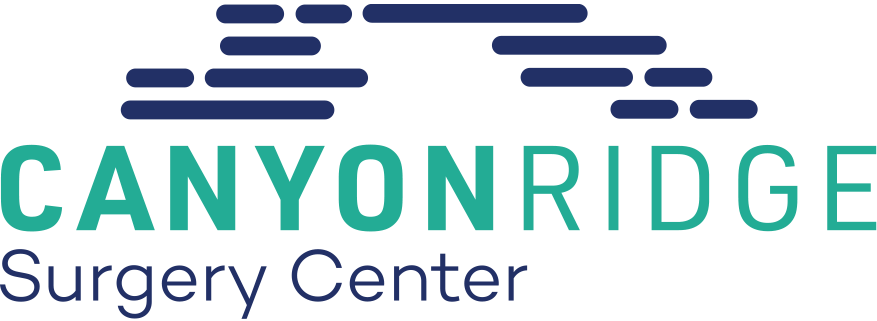A caudal epidural, also sometimes called a caudal block or a caudal injection, is an injection of medication in the tailbone area. Doctors sometimes recommend it to treat leg and lower back pain caused by herniated discs, bones spurs, and other back problems.
Caudal Epidural
- How is a caudal epidural done?
- What happens after the procedure?
- What are the risks?
- Are you a good candidate for a caudal epidural?
You will lie facedown, and your doctor will use a local anesthetic to numb your lower back in the area right above your buttocks. Depending on your and your doctor's preference, you may also be given medication to help you relax.
Using x-ray guidance, your doctor will then insert a needle into the area, injecting it first with a contrast dye to make sure the medication will spread to the right area. Then a combination of a cortisone medication (for inflammation) and an anesthetic (for pain) will be injected.
You will be able to go home the same day, but you'll need someone to drive you. You shouldn't overexert yourself the first day. You may feel some relief from your pain immediately, due to the local anesthetic, but your pain may come back when that wears off in a few hours. You should start to feel more lasting pain relief within a week, after the cortisone medication begins to take effect.
The risk of complications is low but could include bleeding, infection, headache, and temporary feelings of numbness or weakness in the legs. Other rare risks include the possibility of a spinal cord injury or stroke.
Caudal injection may be right for you if you have chronic, severe back pain, and other treatments haven't worked for you.


